

They catch the eye along streets and in parks and gardens. Learn how to recognize these five happily common spring-blooming trees.
Read also:
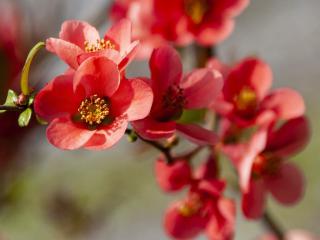 I’m first! The white, red, pink or orange blooming of the quince tree can start as early “as January if winter is mild”, according to the Guide of easy plants to grow [Le guide des plantes faciles à cultiver] (Rustica Publishing house). This shrub native to Japan is easy-going and feels at home in sun and part sun.
I’m first! The white, red, pink or orange blooming of the quince tree can start as early “as January if winter is mild”, according to the Guide of easy plants to grow [Le guide des plantes faciles à cultiver] (Rustica Publishing house). This shrub native to Japan is easy-going and feels at home in sun and part sun.
It requires little care, simply soil that is rich enough. Plant in September-October or in March and April, near “other early spring-blooming shrubs like sprawling ceanothus or flowering currants, or (…) with a backdrop of perennial and bulbous plants (hyacinth, narcissus, grape hyacinth, lungwort, hellebore…)”.
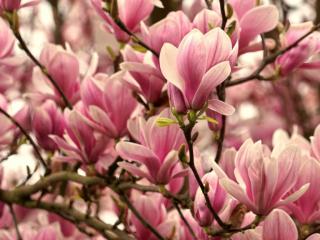
When planted in spots sheltered from cold wind and scorching sun, it will become an awaited attraction at the beginning of each year.
The most famous variety is Magnolia grandiflora which blooms until September.
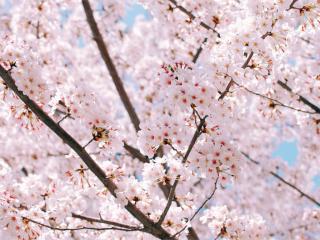
Their charm results from the “astounding spring-blooming, with simple or double flowers, white to roses with evergreen and flamboyant foliage in fall”.
Select an open, sunny spot for this one and admire the flowers from March to May!
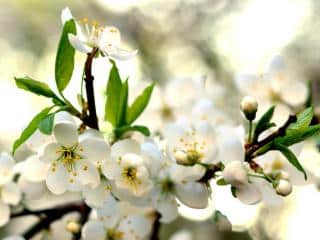
This “ultimate fruit tree” is easy to plant in any garden, in the sun and with wind shelter.
It needs a stake over the first few years, and you can shape it to a lattice if you wish.
Tip to garden according to the phases of the moon: pick the apples during a waxing moon.
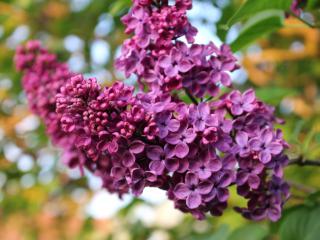
The Syringa vulgaris lilac is a shrub that “tolerates part sun and full sun, but not scorching. That’s where it will bear flowers best”.
Always plant it in fall or spring and set the roots deep enough that it won’t suffer from drought.
Claire Lelong-Lehoang